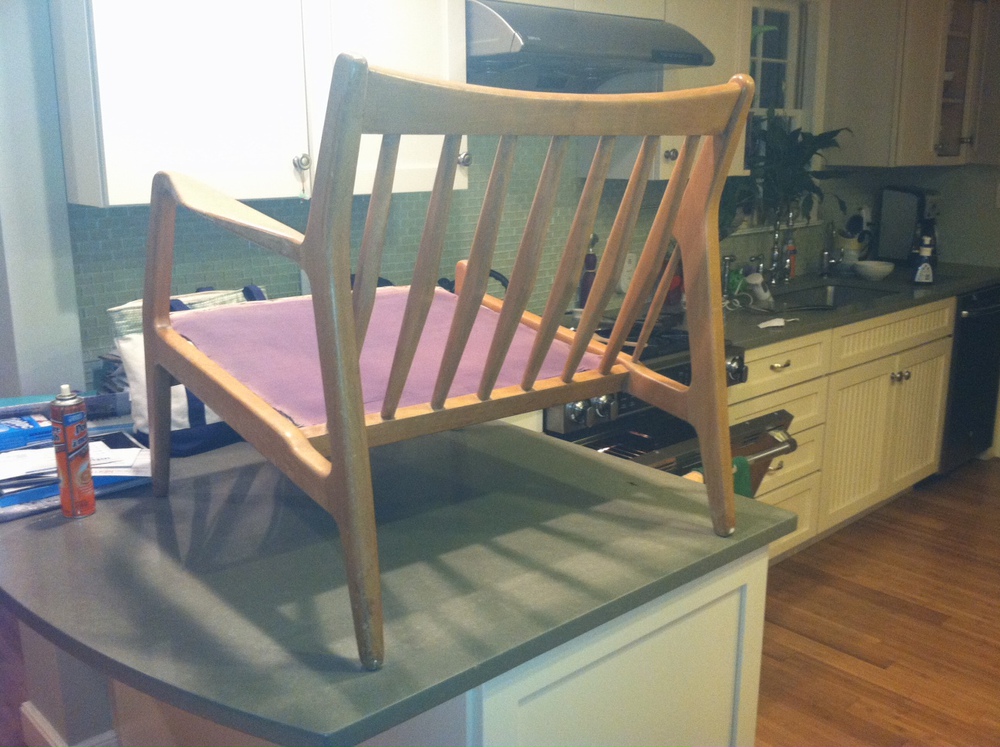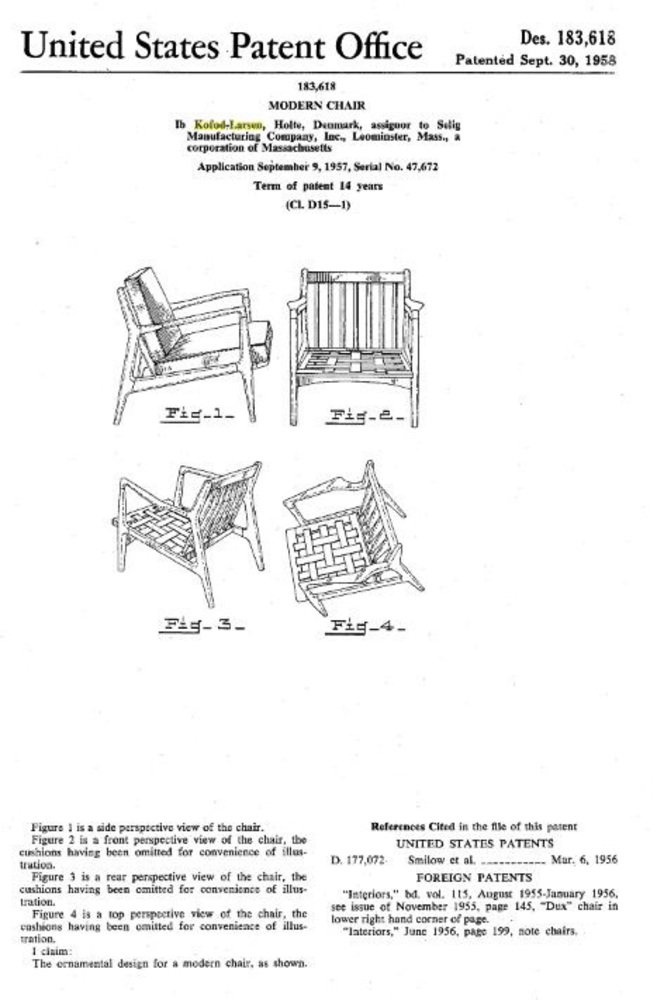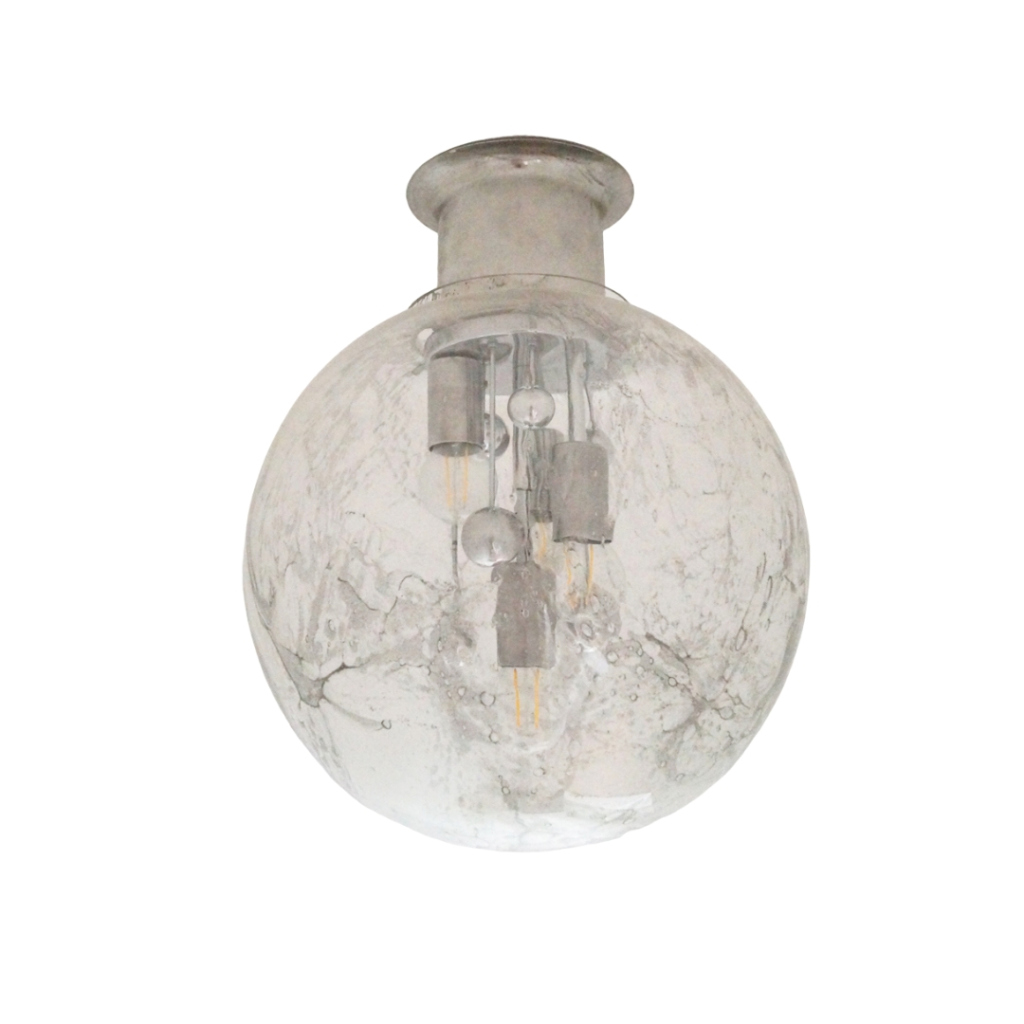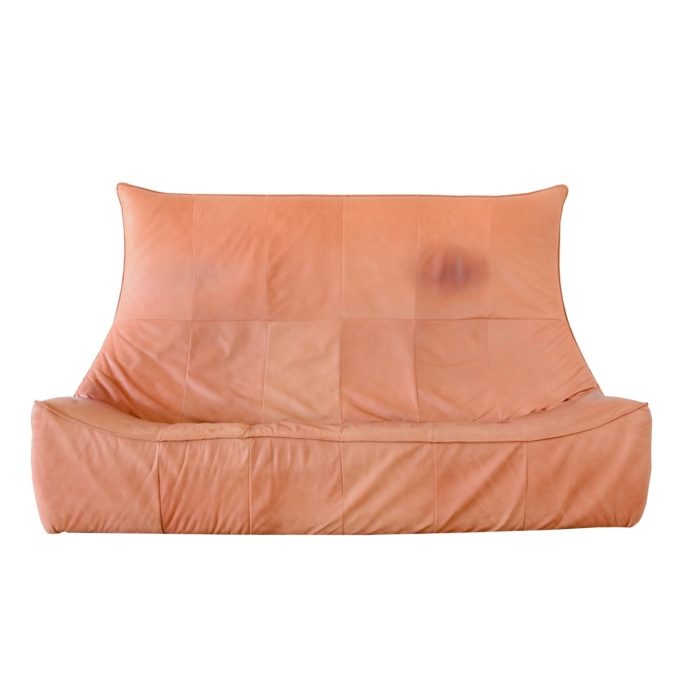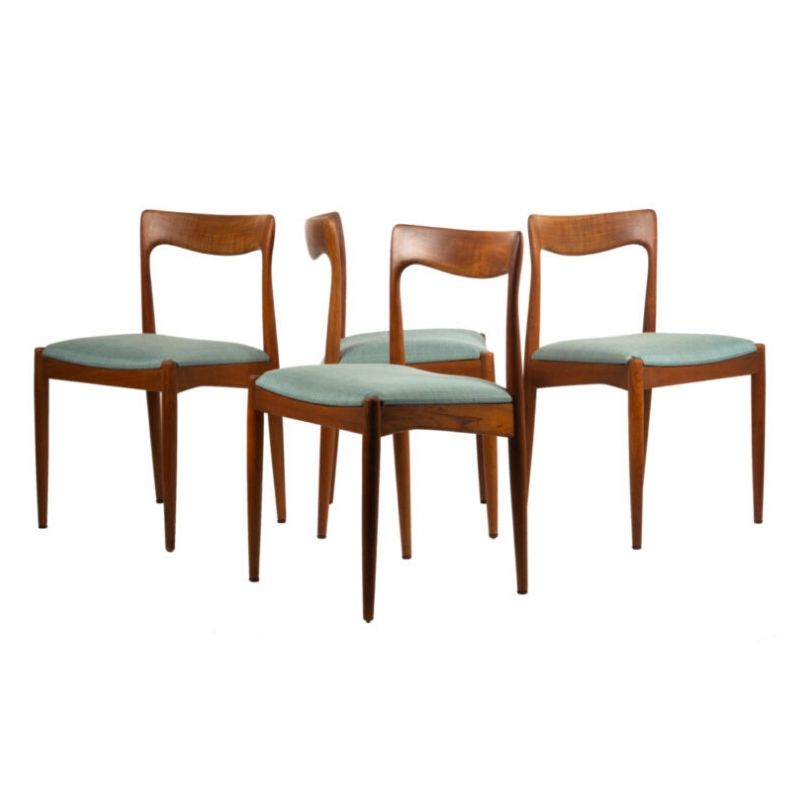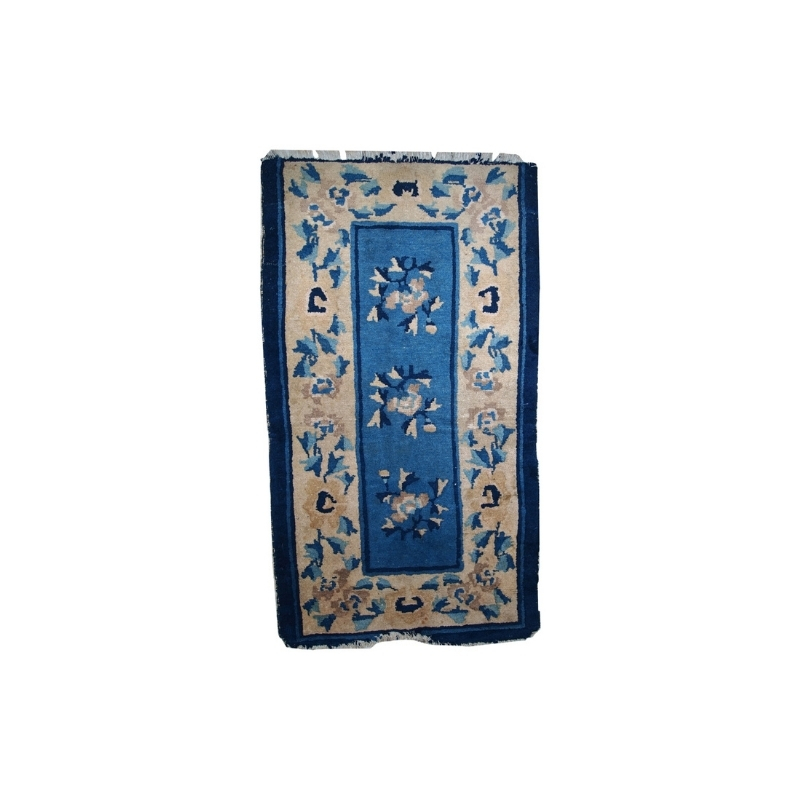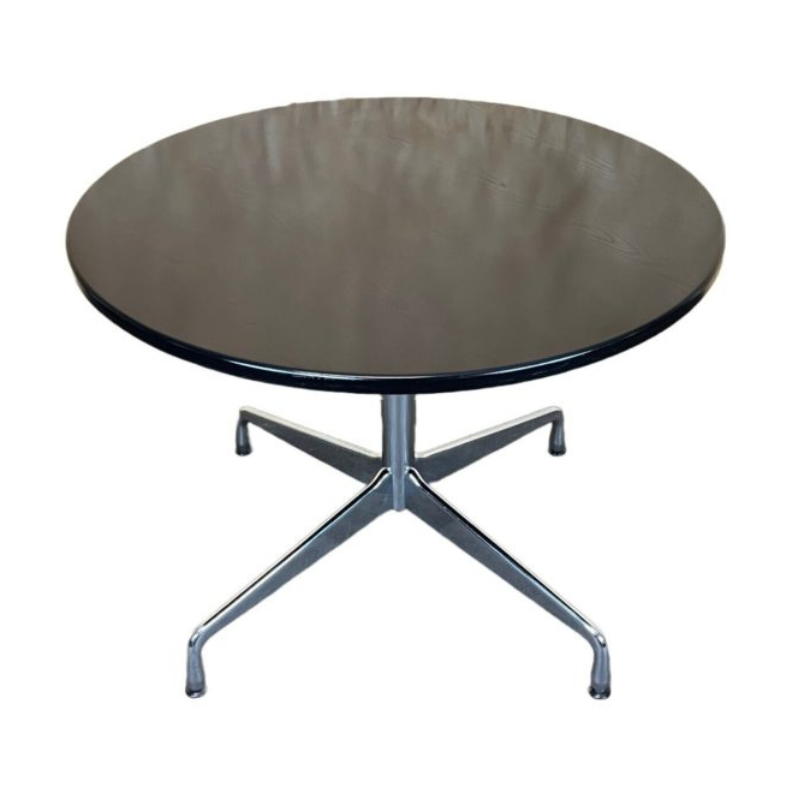My in-laws have these 2 Selig chairs. They bought them in the 50's and identify them as Selig walnut chairs but, they don't have the metal identification marker on the bottom. I've read elsewhere that early Selig chairs didn't necessarily have the marker. Are these are authentic Selig chairs? Would you fix them up to sell or is it best to let the buyer do that? Thank you for your help. <img class="wpforo-default-image-attach
<img class="wpforo-default-image-attach
Yes, they're Selig. They look like they've have a hard life, but it's nothing that couldn't be addressed by refinishing and new webbing. If you aren't capable of doing the work yourself (e.g. experienced restoring this type of furniture), you probably won't recoup the investment of having them professionaly restored when you sell them, and it's likely that you're better off selling as is.
Note that these should knock down so they can be shipped very inexpenively via carriers like FedEx and UPS, expanding your potential market. Ditch the cushions if they're not in great shape, as they'll increase the shipping cost and won't add much value.
They are probably marked "MADE IN DENMARK" with an impressed stamp on the back side of the front rail. I have a couple Selig chairs with the same pull to tighten webbing and no medallion, and this is how they are marked. It can be easy to miss.
These are Ib Kofod Larsen. I very strongly suspect they were made by Poul Jensen's company Chr Jensen's Møbelsnedkeri.
And they are stained beech, which is a bit more difficult to restore.
Anybody know if these chairs without the medallions and webbing like this are earlier, later, or some other qualification?
Leif,
I have never been able to figure out how the non-Selig labelled chairs got to the USA, be they brought here by a private person/military serviceperson who bought them in Europe, or if some other retailer sold them. Although my understanding was that Selig had an exclusive right to sell these designs in the USA.
The only thing I have noticed about similarly unmarked chairs that I have come into contact with or have owned is that the beech used is finished with a more natural finish, rather than the dark walnut-like tinted lacquer that Selig offered as an option in their catalog (a finish they called "Saddle"). They have the Made in Denmark impressed mark, and a clear finish that is often very worn and a little bit brown/yellow from age.
Are your unmarked chairs beech and done with a dark finish?
Someone gave me this chair around 2007, marked only "Made in Denmark" with older style straps. I no longer have it. It is in the Selig catalogs, and also appears in this ad for W&J Sloane, with no mention of Selig. The ad also shows a Kofod Larsen chair with raffia side panels, which someone posted photos of on the forum a while back.

Cdsilva: I think that does indeed prove they are earliest! Thank you.
Wsami: is your FIL sure about the early 50s? I was asking when Selig started selling Danish pieces in the USA recently and the 57 date of those patents was the earliest known information. But your FIL could push that back quite a bit.
Tchp: assuming the Z chair patent marks the beginning of its production and sale, and noting the patent is assigned to Selig, then the fact that I have a Z chair with the 3 hole slots, "made in denmark" stamp, and no Selig medallion, would prove my earlier stated assumption in this thread that Selig sold these early chairs in the USA (and Canada?).
If you need any help, please contact us at – info@designaddict.com



